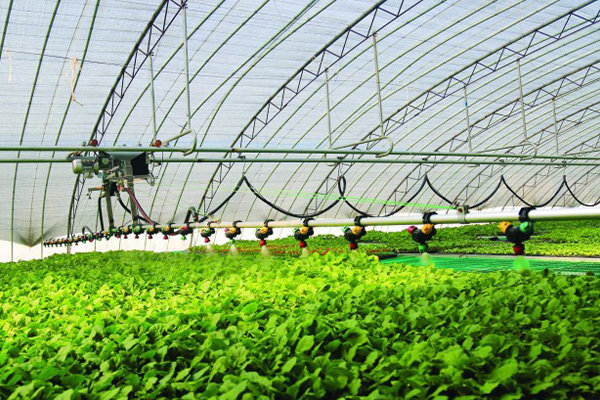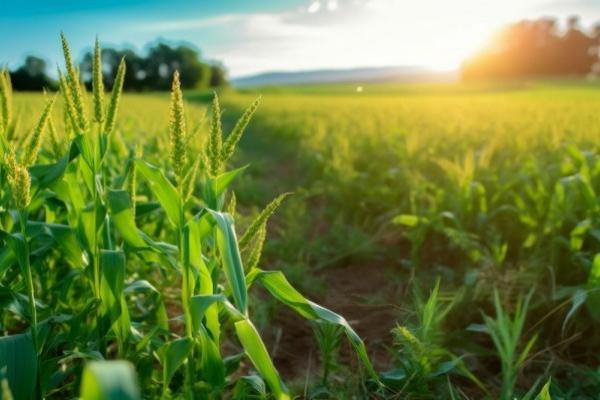How can suspension additives improve the dispersion of suspension agents?
Release Time:
Sep 24,2024
The dispersant forms a protective layer around the pesticide particles in the suspension, which effectively prevents the ground pesticide particles from coming close to each other.
Suspension additives improve the dispersion of suspension agents by:
1. Provide a protective layer
The dispersant forms a protective layer around the pesticide particles in the suspension, which effectively prevents the ground pesticide particles from coming close to each other.
This protective layer prevents the agglomeration and precipitation of pesticide particles and ensures that the small solid particles of pesticide can be evenly dispersed in all parts of the suspension system.
2. Increase interparticle lubrication
By using polymer surfactants with three-dimensional structure as additives, the lubrication effect between particles can be improved.
This helps reduce the friction between the particles, making it easier for the particles to disperse in the suspension.
3. Optimize particle size and distribution
Good particle size and particle spectrum distribution are the key factors for dispersibility of suspension agent. Additives can help regulate the size and distribution of pesticide particles.
For example, by adding dispersant, the particle size of the original drug can be controlled within a certain range, so that it is more in line with the requirements of the dispersion of the suspension agent.
4. Reduce the solubility of the original drug
Some additives such as polymer surfactants can reduce the solubility of the active agent in the low molecular additives, thereby reducing the precipitation and agglomeration of the active agent in the suspension.
This helps maintain the stability of the suspension and improves its dispersion.
5. Simulate the use environment
When designing a suspension, the actual use environment (such as temperature, humidity, etc.) can be simulated to evaluate and optimize the dispersion of the suspension.
According to the simulation results, the type and dosage of additives can be adjusted to meet the dispersion requirements under different conditions of use.
6. Magnetic stirring and other physical methods
Physical methods such as magnetic stirrers can be used to stir suspensions quickly and effectively, reducing the sedimentation and agglomeration of particles.
This helps to maintain the uniformity and dispersion of the suspension.
Key words:
Recommended News




